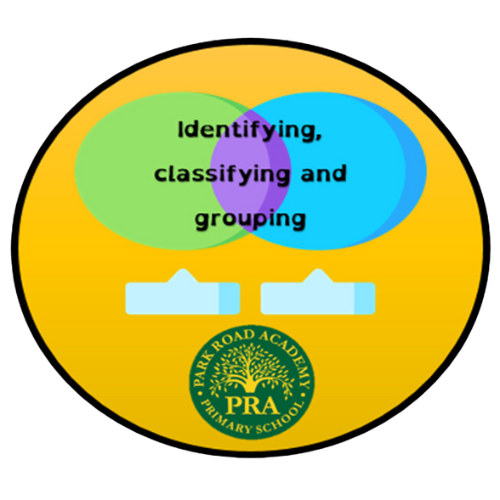Working Scientifically

Some questions cannot be answered by the pupils using first-hand experiences, for ethical or practical reasons, and therefore need to be answered using secondary sources. For example, how far is the Earth from the sun?

Some questions can be answered by looking for links between variables where there is no causal relationship. This can involve looking for patterns when making observations/measurements or within data from secondary sources. For example, do people with larger feet have larger hands?

Some questions can be answered by naming things and/or sorting them into groups. To do this, it may be necessary to carry out a sample test or use secondary sources. For example, which materials are transparent, translucent or opaque?

Some questions can be answered by observing how living things, materials and physical processes change over time. These observations may take place over different time spans, from minutes or hours, to several weeks or months. For example, how long will it take for this cloth to dry?

In a comparative test, the variable that is being changed is categoric i.e. has labels such as the names of plants or types of material. For example, how does the type of sugar affect how quickly it dissolves?
In a fair test, the variable that is being changed is quantifiable, i.e. can be counted or measured. For example, how does the number of layers of fabric wrapped around the buzzer affect the volume?

